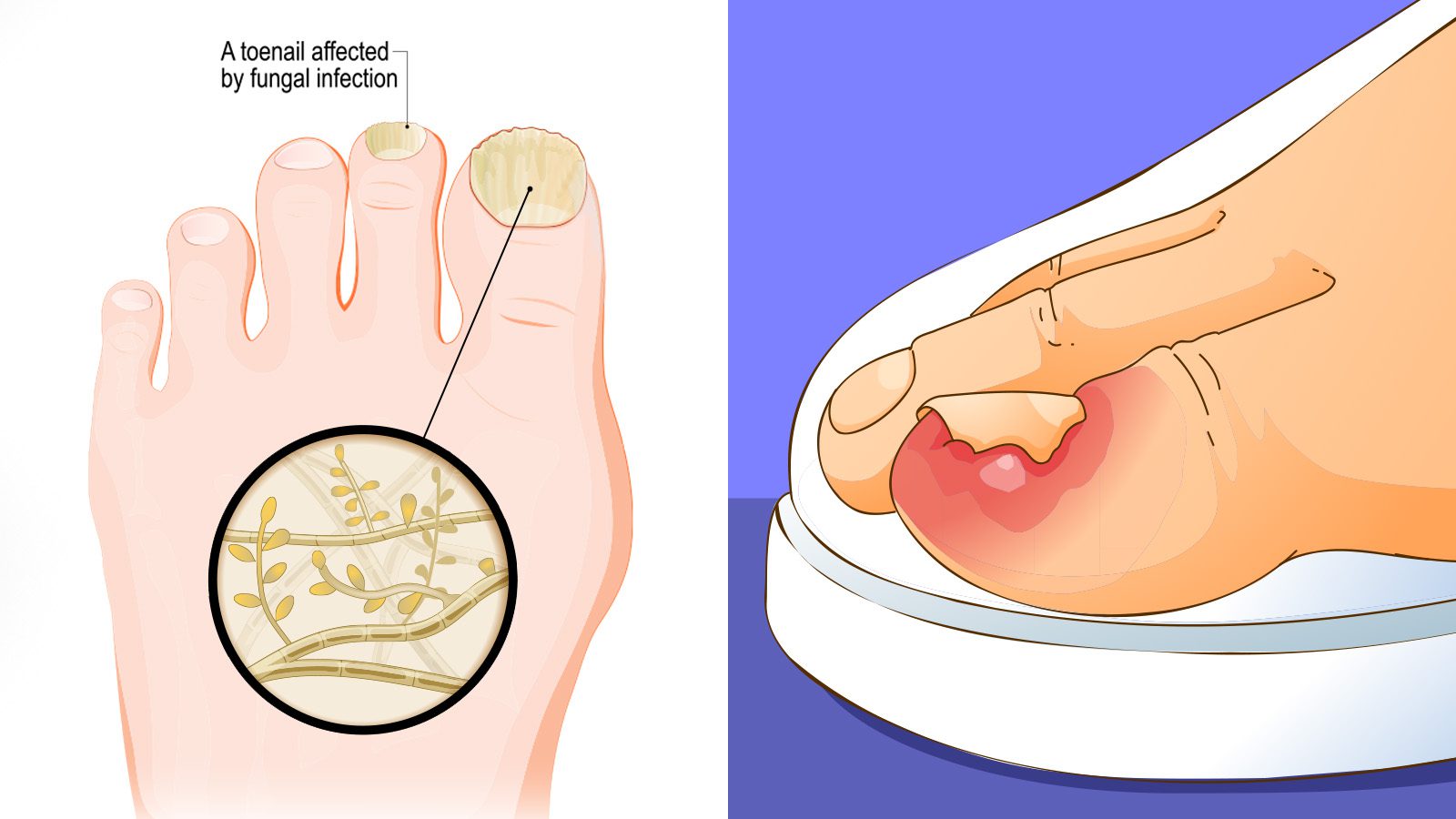Small fiber neuropathy affects the tiny fibers of the peripheral nervous system. Damage to these fibers can cause numbness, tingling sensations, and/or burning pain in the feet and legs. Small fiber neuropathy may sometimes signal an underlying health condition like diabetes or an autoimmune disorder.
Medical providers don’t know how many people suffer from small fiber neuropathy worldwide. However, experts say that an increasing number of people have been experiencing symptoms of SFN over the last twenty years. A study published in Neurology®, the medical journal of the American Academy of Neurology, analyzed these symptoms more closely. That’s because researchers wanted to investigate why small fiber neuropathy has become more prevalent.
The condition presents with different symptoms than large fiber neuropathy, which often causes weakness and stabilization issues. However, many people suffer from both types of neuropathy.
Common symptoms of small fiber neuropathy include the following:
- pain or burning feeling in the extremities
- a tingling or prickling sensation in the hands and feet
- hypersensitivity to touch and temperature fluctuations
- either numbness or pain in the feet, legs, or lower stomach
- incontinence
- constipation
- genital dysfunction
- either excessive or scant sweating
- skin discoloration
- dry eyes and mouth
- very low blood pressure that may lead to fainting
- either a rapid or irregular heartbeat
Causes of small fiber neuropathy
Usually, people who develop small fiber neuropathy have a pre-existing health condition like diabetes. According to the National Institutes of Health (NIH), up to 50% of people who have prediabetes or diabetes develop SFN.
Additionally, the NIH found that mutations in the SCN9A and SCN10A genes can lead to SFN. These genes provide instructions for creating sodium channels that transport sodium atoms into cells. These channels play an essential role in helping cells generate and transmit electrical signals.
Other medical conditions that can cause this disease:
- metabolic and endocrine disorders
- celiac disease
- Sjogren’s syndrome
- primary systemic amyloidosis
- familial amyloidosis
- Fabry disease
- sarcoidosis
- lupus
- fibromyalgia
- HIV
Other causes include:
- vitamin B-12 deficiency
- substance abuse disorders
- chemotherapy
- physical injuries
- prescription drug use
While most patients have an underlying condition, some do not. In this case, doctors may diagnose a patient with idiopathic small fiber neuropathy. In a 2018 study involving 921 people with SFN, researchers found that 53% of participants had no underlying cause.
The American Academy of Neurology Study
For the research, the team analyzed records for patients diagnosed with small fiber neuropathy in Olmsted County, Minn., and adjacent counties over two decades. Next, they compared these 94 patients with 282 people of similar age and gender without neuropathy. Researchers followed the participants for an average of six years.
The research revealed that SFN occurred in 13.3 people per 100,000, with increasing prevalence during the study period. Researchers postulate several reasons for the uptick in small fiber neuropathy cases.
“This increase could be due in part to greater awareness,” said study author Christopher J. Klein, MD, of the Mayo Clinic in Rochester, Minn., and a Fellow of the American Academy of Neurology. “Another possibility is that increasing levels of overweight and obesity in our area could be a factor in the higher rates of small fiber neuropathy. Higher body mass index, or BMI, is a risk factor for diabetes and high triglycerides, which may also lead to neuropathy.”
What the researchers found
Participants with neuropathy had an average BMI of 30.4, while those without neuropathy had an average BMI of 28.5. Physicians classify a BMI of 18.5 to 24.9 as healthy, 25.0 to 29.9 as overweight, and 30.0 or higher as obese.
In the study, about 50% of people with neuropathy had diabetes, compared to only 22% of participants without neuropathy. Those with small fiber neuropathy also suffered from insomnia more often, at 86% compared to 54% of those without neuropathy.
In addition, they had a higher risk of experiencing heart attacks, at 46% compared to 27%. Finally, those with SFN had a greater probability of taking opioids for pain management.
“Based on these findings, people with small fiber neuropathy should be screened for heart problems, and their blood glucose should be monitored for signs of diabetes,” Klein said.
For 67 of the people with neuropathy, researchers couldn’t pinpoint an underlying cause, called idiopathic neuropathy. Moreover, they determined that diabetes caused SFN in 14 participants. Other reasons included Sjögren syndrome and lupus.
36% of participants developed large fiber neuropathy during the study period, an average of five years after developing SFN.
“The good news is that most people with idiopathic neuropathy do not develop major impairments or disability, but they did have many other conditions and an increased risk of a heart attack. So the development of treatments and prevention methods is crucial,” Klein said.
Current treatment options for small fiber neuropathy:
- antidepressants
- antiseizure medication
- lidocaine creams and patches
- either narcotics or opioid-based pain medications
- immunosuppressive drugs for people with autoimmune diseases
- losing weight, eating a balanced diet, and managing blood glucose levels
- exercising regularly and quitting smoking
Indeed, focusing on the pillars of health will lower risk factors for many diseases. So making lifestyle changes along with medical treatments could provide relief for many.
The team explained that looking back at previous medical records limited the study’s results. Klein added that they would need to perform another study investigating people with SFN and following them over time to confirm the findings.
The Mayo Clinic Foundation, Mayo Clinic Center or Individualized Medicine, and Mayo Clinic Center of MS and Autoimmune Neurology helped fund the study.
Final Thoughts on How Neurologists Explain the Causes and Signs of Small Fiber Neuropathy
Small fiber neuropathy affects a growing number of people in today’s world. Researchers say that increased awareness of the disease may explain the rise in cases. However, underlying conditions that have become more prevalent, such as diabetes and obesity, may also contribute.
In the study, researchers found that 50% of people with neuropathy had diabetes. They also had an average BMI of 30.4 and a higher risk of experiencing insomnia and heart attacks. Thus, researchers say doctors should prioritize treating underlying conditions first to resolve small fiber neuropathy.

















